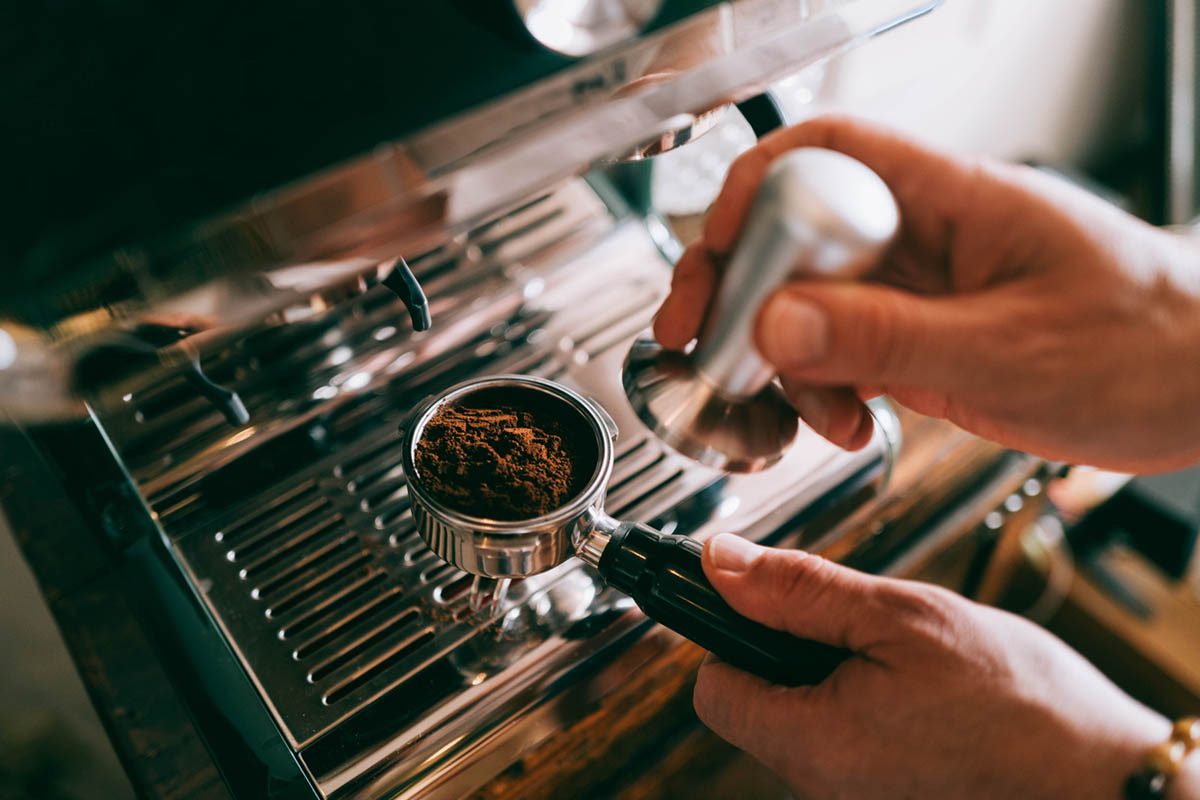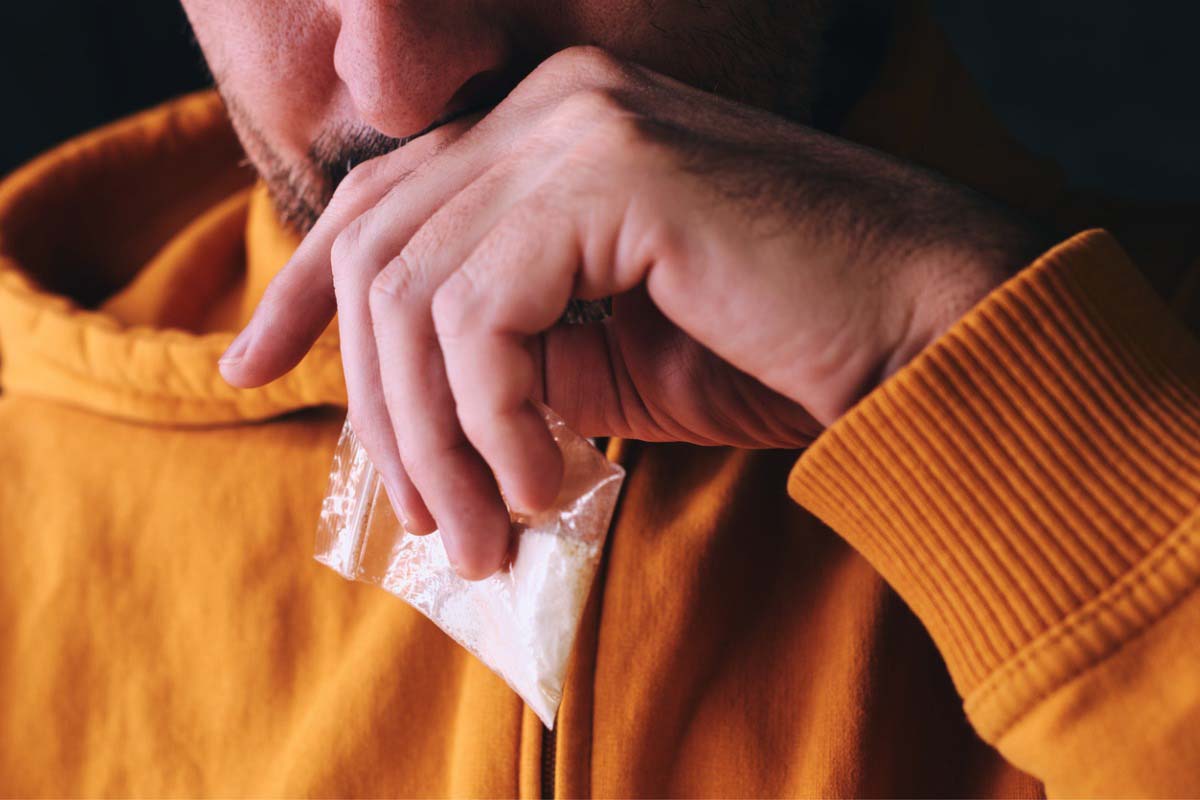The intricate interplay between purine, uric acid, and manic symptoms was explored by Emil Kraepelin, who particularly emphasized the association between hyperuricemia and gout.1 This case report contributes to evidence supporting the therapeutic effectiveness of allopurinol in managing a complex clinical presentation involving comorbid mania, hyperuricemia, and gout.
Case Report
A 21-year-old man presented to a tertiary care neuropsychiatry facility, having previously experienced 1 episode of mania in 2019. A recurrence of mania occurred after a 4-month planned cessation of psychotropics following 2 years of recovery. The reinitiation of treatment with olanzapine, valproate, and a subsequent trial with a combination of risperidone, trihexyphenidyl, clonazepam, and haloperidol had proved ineffective. Despite these interventions, the patient exhibited only minimal improvement, with persistent aggression, mania, and psychotic symptoms causing significant dysfunction. Incidentally, he was concurrently being treated for hyperuricemia with febuxostat, but the serum uric acid levels remained elevated at 9.2 mg/dL. Physical examination revealed obesity (body mass index of 33.5 kg/m2), and laboratory investigations revealed hypertriglyceridemia (serum triglyceride level of 289 mg/dL) alongside normal thyroid function. Mental status examination indicated dysphoric mood, delusions of grandiosity, poor judgment, and absent insight.
In response to the lack of improvement, allopurinol was initiated at a dose of 200 mg/d and cross tapered with febuxostat due to the additional advantages of allopurinol in managing aggression and mania symptoms. Haloperidol was discontinued. The dose of risperidone was continued at 8 mg/d, while clonazepam was continued with a plan to taper and stop it after 1 month.
Over the subsequent week, the patient reported significant improvement, as evidenced by a 68% reduction in the Young Mania Rating Scale2 score (from 22 to 7), a decrease in the Clinical Global Impressions (CGI)-Severity3 score from 5 to 3, and an improvement in the CGI Improvement score from 3 (minimally improved) to 2 (much improved). Objective assessments using the Modified Overt Aggression Scale4 showed a reduction from 4 to 0 within 1 week. Serum uric acid levels normalized (2.90 mg/dL) with the administration of allopurinol at 200 mg/d. At 3-month follow-up, the patient remained euthymic, with no residual manic or psychotic symptoms.
Discussion
Increased uric acid level denotes excess purine turnover and diminished adenosinergic transmission.5 Adenosine acts as a neuromodulator by acting on A1 and A2A receptors. Adenosine agonists have sedative, anticonvulsant, antiaggressive, and antipsychotic-like effects.6
Studies by Machado-Vieira et al7 and Akhondzadeh et al8 have reported the effectiveness of allopurinol in controlling refractory mania, with randomized, placebo-controlled trials demonstrating reduced symptom severity scores and a lower incidence of extrapyramidal symptoms in the allopurinol group compared to placebo. The underlying mechanism lies in allopurinol’s impact on purinergic neurotransmission, an increasingly implicated factor in mood disorders.9,10 Adenosine agonists, such as allopurinol, indirectly influence dopamine binding in the ventral striatum and ameliorate manic symptoms. Allopurinol achieves this by inhibiting xanthine oxidase, the enzyme responsible for uric acid production, elevating brain adenosine levels.
This case report from India provides evidence supporting the successful integration of allopurinol in the treatment of mania, particularly in cases with comorbid gout. Allopurinol as an adjunctive therapy may offer other unique advantages in managing comorbid conditions such as hyperuricemia, extrapyramidal sensitivity, aggression, or treatment resistant mania. However, careful patient selection is imperative, and despite promising results, allopurinol still needs to be considered a first-line treatment due to the limited evidence from robust randomized trials. The potential for future research in this field is promising, and allopurinol may emerge as a promising therapeutic modality.
Article Information
Published Online: August 1, 2024. https://doi.org/10.4088/PCC.24cr03713
© 2024 Physicians Postgraduate Press, Inc.
Prim Care Companion CNS Disord 2024;26(4):24cr03713
Submitted: January 27, 2024; accepted April 9, 2024.
To Cite: Suhas S, Das D, Kumar CN. The dual advantage of allopurinol in a patient with severe mania and gout. Prim Care Companion CNS Disord. 2024;26(4):24cr03713.
Author Affiliation: Department of Psychiatry, National Institute of Mental Health and Neurosciences (NIMHANS), Bangalore, India (all authors).
Corresponding Author: Channaveerachari N. Kumar, MD, DPM, Department of Psychiatry, National Institute of Mental Health and Neurosciences (NIMHANS), Hosur Rd, Bengaluru 560029, India ([email protected]).
Relevant Financial Relationships: None.
Funding/Support: None.
Patient Consent: Consent was received from the patient to publish the case report, and information has been de identified to protect patient anonymity.
References (10)

- Lord JR. Manic-depressive Insanity and Paranoia. By Prof. Emil Kraepelin; translated by R. Mary Barclay, M.A., M.B.; edited by George M. Robertson, M.D., F.R.C.P.Edin. Edinburgh: E. & S. Livingstone, 1921. Demy 8vo. Pp. 280. Forty-nine illustrations, eighteen in colour. Price 12s. 6d. J Ment Sci. 1921;67(278):342–346.
- Young RC, Biggs JT, Ziegler VE, et al. A rating scale for mania: reliability, validity and sensitivity. Br J Psychiatry. 1978;133(5):429–435. PubMed CrossRef
- Guy W. ECDEU Assessment Manual for Psychopharmacology. US Department of Health, Education, and Welfare, Public Health Service, Alcohol, Drug Abuse, and Mental Health Administration, National Institute of Mental Health, Psychopharmacology Research Branch, Division of Extramural Research Programs; 1976.
- Coccaro EF, Harvey PD, Kupsaw-Lawrence E, et al. Development of neuropharmacologically based behavioral assessments of impulsive aggressive behavior. J Neuropsychiatry Clin Neurosci. 1991;3(2):S44–S51. PubMed
- Burnstock G. Historical review: ATP as a neurotransmitter. Trends Pharmacol Sci. 2006;27(3):166–176. PubMed CrossRef
- Suhas S, Sreeraj VS, Amrutha C, et al. Is allopurinol a marvel in the endgame of ultra-resistant schizophrenia? Schizophr Res. 2022;241:12–13. PubMed
- Machado-Vieira R, Lara DR, Souza DO, et al. Therapeutic efficacy of allopurinol in mania associated with hyperuricemia. J Clin Psychopharmacol. 2001;21(6):621–622. PubMed CrossRef
- Akhondzadeh S, Milajerdi MR, Amini H, et al. Allopurinol as an adjunct to lithium and haloperidol for treatment of patients with acute mania: a double blind, randomized, placebo-controlled trial. Bipolar Disord. 2006;8(5 Pt 1):485–489. PubMed CrossRef
- Anumonye A, Reading HW, Knight F, et al. Uric-acid metabolism in manic-depressive illness and during lithium therapy. Lancet. 1968;1(7555):1290–1293. PubMed CrossRef
- Brooks SC, Linn JJ, Disney N. Serotonin, folic acid, and uric acid metabolism in the diagnosis of neuropsychiatric disorders. Biol Psychiatry. 1978;13(6):671–684. PubMed
Please sign in or purchase this PDF for $40.
Save
Cite



